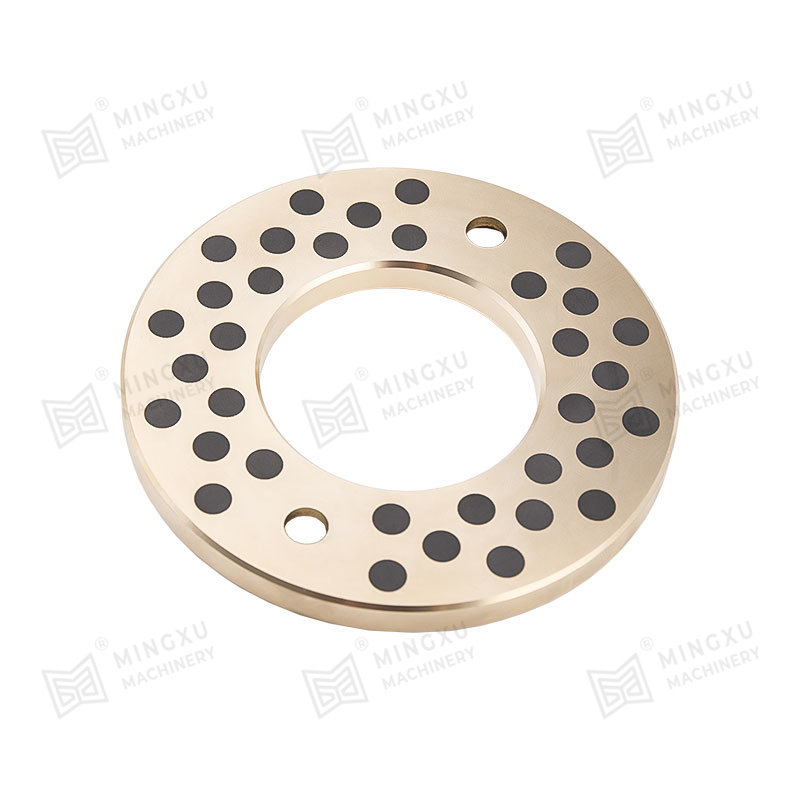When choosing a suitable lubricating material to reduce thrust washer wear, you need to consider the following factors:
Working environment: First of all, the working environment of the thrust washer must be considered, including temperature, humidity, pressure, chemical corrosion and other factors. These environmental factors will directly affect the performance of lubricating materials, so materials that can maintain stable and good lubricating properties in a specific environment should be selected.
Load and speed: The load and operating speed of the thrust washer are also important factors to consider when selecting lubricating materials. Thrust washers operating at heavy loads and high speeds require better lubrication properties to reduce friction and wear. Therefore, lubricating materials with good lubrication properties and anti-wear capabilities should be selected.
Compatibility: The lubricating material should be compatible with the thrust washer material to avoid chemical reactions or damage to the material. When selecting lubricating materials, you should consult relevant information or consult professionals to ensure that the selected material matches the material of the thrust washer.
Stability and durability: Lubricating materials should have good stability and durability and be able to maintain stable lubrication performance over a long period of time. This helps reduce wear and extend the life of the thrust washer.
Economy and availability: When selecting lubricating materials, you also need to consider their economy and availability. Lubricating materials should be selected that are cost-effective and easy to purchase and supply.

Based on the above factors, the following steps can be taken to select suitable lubricating materials:
Clarify the requirements: First, clarify the working conditions, load, speed and other requirements of the thrust washer.
Consult information: Consult relevant information or consult professionals to understand the performance and application range of different lubricating materials.
Preliminary screening: Based on factors such as working environment, load, speed, etc., several suitable lubricating materials are initially screened out.
Test verification: Conduct actual testing or verification on the initially selected lubricating materials to ensure that they have good lubrication performance and anti-wear capabilities under actual working conditions.
Choose the best material: Choose the best lubricating material based on test results and actual needs.
Please note that the selection of lubricating materials is not static and should be checked and adjusted regularly according to the actual situation. At the same time, when using lubricating materials, correct usage methods and precautions should be followed to ensure the best results.




 English
English Español
Español

















Contact Us